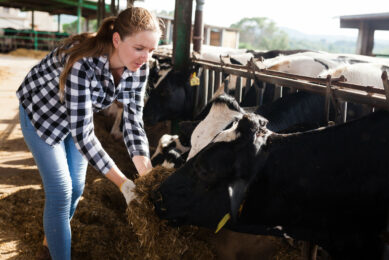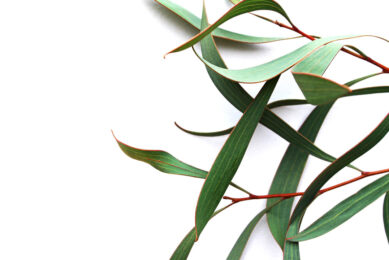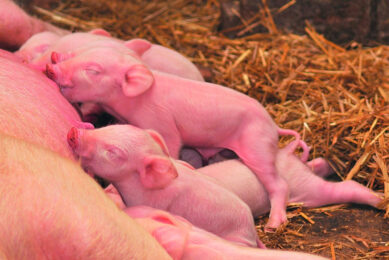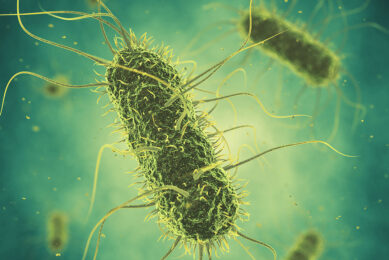Immunological properties of spray-dried plasma
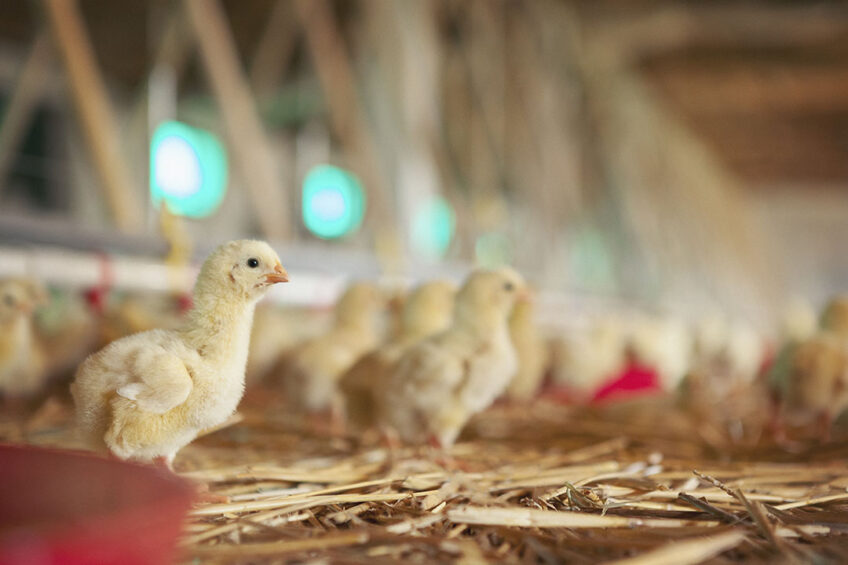
Young chickens face many challenges with an immature digestive system especially when dealing with microbiological pathogens. Studies show that by adding spray-dried plasma to pre-starter diets helps to support the immune system and is an economical way to improve the quality of the diet.
A good start of a chicken’s life is important for the total life performance. The inclusion of specific animal proteins in starter diets for young poultry will help boost the performance of the flock. These highly digestible protein sources with intrinsic functional components supports their intestinal health. Spray-dried plasma is a unique feed ingredient amongst other animal proteins, because it is a functional protein with immunological properties. It has many benefits when added to poultry pre-starter diets. Using spray-dried plasma can lead to better growth, improved feed conversion and is economically beneficial according to a recent study.

Inefficient digestive system
One of the challenges for young chickens is that they start with an immature digestive system. Once feed consumption starts the digestive system will grow relatively fast, but in this phase the digestion is still inefficient. The challenge for the nutritionist is to work with this immature digestive system, and to get the chickens acquainted to mainly soy proteins as soon as possible, i.e. to work around the anti-nutritional factors in plant-proteins. Soy proteins are relatively cheap with a relatively favourable amino acid profile compared to other plant-based ingredients. Soy proteins are nevertheless a foreign protein for the young chicken, while in the egg the chick is used to receiving a protein source of animal origin (egg albumin), they however get most of their energy and protein from the yolk sac directly after hatching. Animal proteins are therefore a solution that can reduce the amount of soy protein in the diets and lessen the variability of protein quality from other sources.
Immunological capacity of spray-dried plasma
Besides physical adaptation and growth of the digestive system, there are other, non-nutritional, challenges for the young chicken. A specific challenge that especially young animals must deal with are microbiological pathogens challenging the gut system, especially at the very beginning where the balances within the microbial flora and between flora and host are still very fragile. Infections in the digestive system negatively affect the integrity of the gut wall and its absorptive capacity and consequently hamper the growth. This occurrence is a known reason for antibiotic treatment. Since spray-dried plasma contains high levels of active immunoglobulins, the product has immunological capacities. The functionality of spray-dried plasma goes beyond its positive effect based on good digestibility and a favourable amino acid profile. This immunological component is worth considering for this early stage challenge caused by microbiological challenges of the gut. Trials in broilers and turkey have shown that animals fed on a plasma diet were much better at fighting off infections.
Spray-dried plasma improves poultry performance
There is a growing amount of evidence supporting the beneficial effect that spray-dried plasma has on performance in poultry. This evidence is documented in more than a dozen publications that report the effect of plasma in broilers. In several studies a significant improvement of feed conversion, on average around 6 points improvement is reported, although considerable variability is seen (0 – 20%). An improvement of feed conversion of about 1 to 3 points seems necessary to cover the monetary input of a relative costly ingredient like plasma. The effect in experimental settings are today confirmed with experiences in commercial settings. Positive effects have been reported in commercial farms too. The advised levels of inclusion are between 1 to 2% for the pre-starter phase of 5 to 10 days.
In a recently finished trial, several levels (1, 2 and 5%) and duration of inclusion (3 to 10 days) were tested. What was interesting to see in this study was a strategy where 5% plasma was given in the first 3 days followed by a maintenance level of 0.5% until 10 days, gave the best performance throughout the study. Although feeds were more expensive, the feed margin was the best in this group compared to controls and other regimes. Also, other inclusion levels of plasma had monetary benefits in this trial.
Sustainable ingredients
In some markets of the poultry industry today, there are challenging consumer trends for animal welfare, antibiotic reduction and carbon footprint reduction. And these consumer demands are sometimes contradictory. One of these conflicts is that animal proteins are sometimes banned in welfare or antibiotic free programmes (all veg diets), whereas animal proteins improve welfare, health and sustainability. Animal proteins are sustainable ingredients and they belong in a circular economy, they are safe, and they can replace other feed ingredients that have a bigger carbon footprint. In feeding programmes that support sustainability, ingredients from animal origin should be considered as a part of the feeding strategy. There is a challenge for retailers and consumers to reconsider this aspect of poultry nutrition.
Immune supportive feed ingredient
Highly digestible ingredients, fulfilling the requirements for young animals are the foundation for a good (pre-) starter diet. In different experimental studies it has been shown that the application of spray-dried plasma in poultry pre-starter diets is an economic way to improve the quality of the diets. Pre-starter diets with plasma proteins can support the digestion in the immature chicken and support the immune system of the chicken or poults to fight bacterial and viral challenges. The high level of immunoglobulins contained in spray-dried plasma contributes to the functionality of plasma products. Feeds containing plasma help in starting without antibiotics and rearing uniform flocks and improving the sustainability of the system. Using high quality pre-starter diets for a short time at the start, partly sometimes at the hatchery, is becoming more common. It is therefore worth considering this immune supportive feed ingredient in these modern concepts.
Authors: Carine van Vuure, Nutrition and Regulatory Affairs Manager and Lourens Heres , Global Technical Support Manager at Sonac, a Darling Ingredients company
References are available upon request



